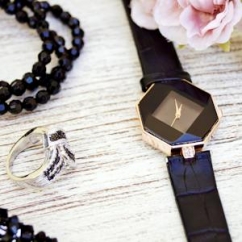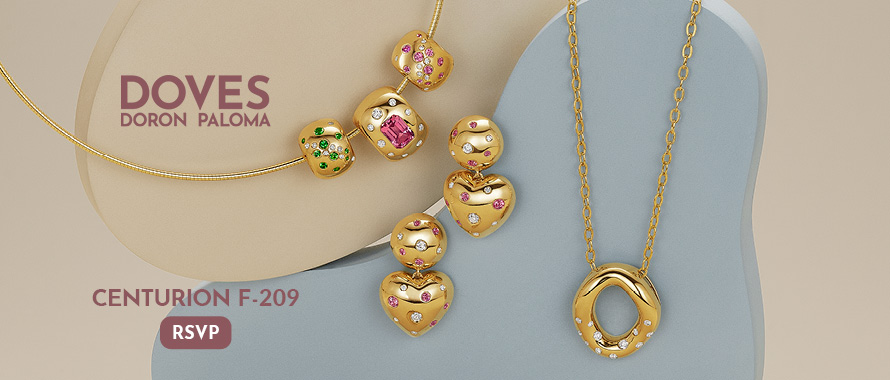Sales Strategy
Strategic Moves to Boost Accessory Sales in Fashion Retail January 23, 2024 (0 comments)

San Juan Capistrano, CA--Achieving sales targets demands continual adaptation and strategy refinement, especially in the lucrative fashion accessories sector. As versatile as they are appealing, accessories serve as both planned and spontaneous purchases, significantly contributing to retail revenue.
[Photo by Marta Branco via Pexels]
An article published in ASD Market Week cites a study that states that in 2023, the US witnessed the apparel and accessory sectors accounting for 35.4% of total e-commerce sales, with an average yearly spend of $999 per consumer on fashion items. With projections indicating solid growth in accessory and jewelry e-commerce sales by 2025, it is crucial to understand the importance of accessories and employ effective sales strategies around them.
Understanding the Appeal of Accessories
Accessories resonate with consumers due to their ease of purchase and affordability. Unlike apparel, accessories like sunglasses or necklaces don't require a fitting room, making them convenient choices. They are budget-friendly and serve as perfect last-minute gifts, allowing retailers to amplify sales.
Per the article, here are five essential strategies to navigate the path of accessory sales success.
1. Strategic Pricing for Maximum Profit
The key to profitable accessory sales is sourcing items at a cost that allows for competitive retail pricing while ensuring substantial margins. While a 50% markup is standard, sourcing from diverse vendors can lead to more significant profits, sometimes up to 500%. It's vital to factor in operational costs, market trends, and product novelty when setting prices, aiming for a balance that attracts customers and maintains healthy margins.
2. Diverse Inventory to Meet Consumer Needs
Understanding and catering to customer preferences is paramount. Maintaining a mix of classic and trendy items ensures steady sales and meets diverse consumer needs. Post-pandemic market trends indicate a potential surge in luxury item spending, suggesting that including high-value accessories could be profitable. A varied inventory keeps customers engaged and returning to see what's new.
3. Merchandising with a Focus on Sales
Effective merchandising can significantly impact sales. Include accessories into your store displays, pairing them with clothing on mannequins or hangers to inspire purchases. Ensure that accessories are displayed within easy reach and avoid setups that hinder customer interaction, such as placing items behind glass or on high shelves.
4. Conversational Selling to Enhance Customer Experience
Great displays should be complemented by excellent customer service. Train your team in conversational selling, emphasizing accessories. Please encourage them to suggest complementary items, like a pair of earrings to go with a new sweater, enhancing the shopping experience and increasing sales.
5. Engage with Customers Through Inquisitive Selling
Encourage your sales team to engage with customers by asking questions about their needs, preferences, and upcoming events. This approach helps identify products that align with customer interests, fostering a personalized shopping experience and boosting accessory sales.
Accessory sales success is akin to perfecting a recipe; it requires the right blend of engaging displays, customer interaction, product variety, and pricing strategy. By integrating these elements, fashion retailers can create an enticing shopping environment that meets and exceeds sales targets.
Read more in the entire article.






